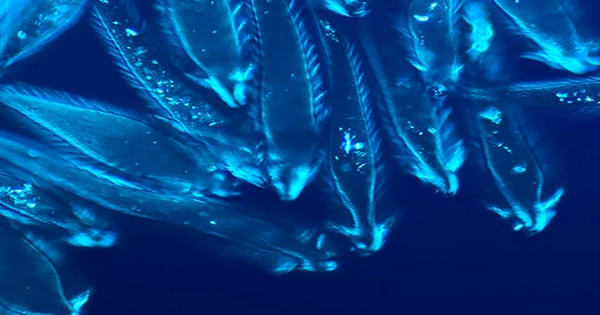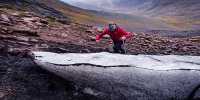There were thousands of entries in the 12th annual Nikon Small World in Motion competition from around the globe. A sister competition to the Nikon Small World Photomicrography Competition, it honors talent and distinction in microscopic video and photography.
Any film or digital time-lapse photography shot via a microscope is eligible for the video category, which aims to inspire the audience and, of course, the judging panel. The submissions are evaluated based on their originality, technical proficiency, educational value, and aesthetic impact.
You may view Dr. Eduardo E. Zattara’s amazing time-lapse of neural crest cells migrating in a zebrafish embryo below to see why he won this year. Sensory organ progenitors (shown in green) travel along the lateral line of the zebrafish embryo, illuminating the dynamic study of evolutionary developmental biology. Melanocytes, the orange cells, also relocate to take up residence below the zebrafish’s skin.
The quality of this recording is excellent, and hardly any post-processing was necessary. According to Zattara, in a statement obtained by IFLScience, “It is a remarkable demonstration of the dynamics of neural crest cell migration.
The end result was a biologically educational and visually arresting video.
Dr. Christophe Letterier won second place for his 12-hour time-lapse movie of monkey cells. You can see the DNA is colored blue and the plasma membrane is indicated in orange in the video down below. Letterier’s task in this case was to maintain the cells’ viability for the duration of the movie with carefully regulated temperature and humidity levels as well as minimum phototoxicity from laser light.
Third place went to Dr. Ahmet Karabulut for the video below that demonstrates the dynamic dynamics of stinging cells and sea anemone neurons.
The top five videos received a total of five top awards, with several more receiving honorable mentions and $100 each. Here is a link to the complete winners’ gallery.
















